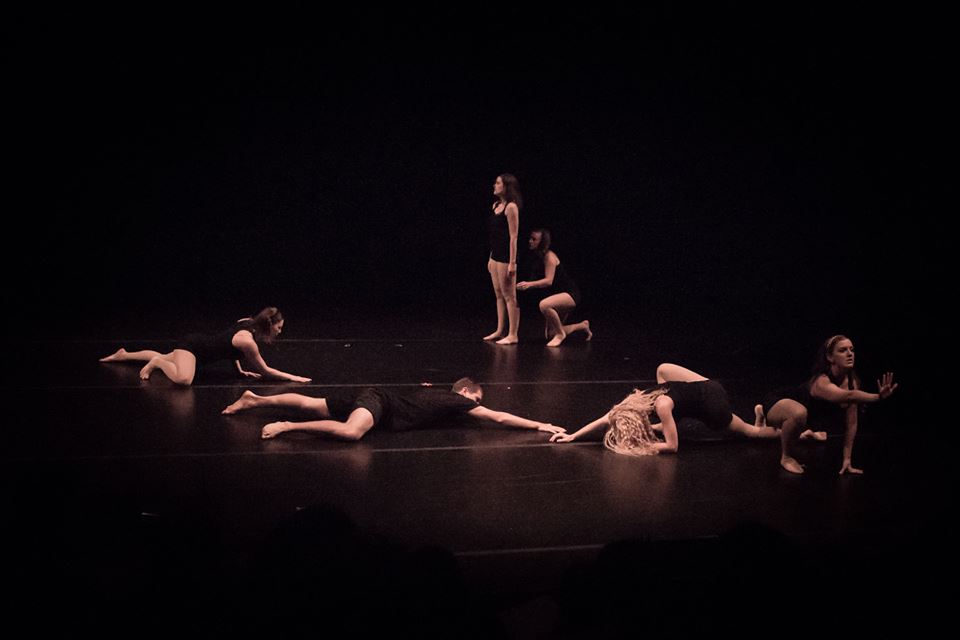In rehearsals, practices and classes, teachers and choreographers teach combinations to music. They take movements and put them to music. They take the movements and create an art form. How do they do that? Choreography involves skills that you can learn.
To start, look at the elements of time, energy and space. Using those components as you choreograph will give a new perspective to your dance pieces.
Time: Time encompasses rhythm, speed and syncopation of movements. Using time in different combinations to music can create intricate visual effects. Using ideas such as quick, quick, slow or stop movements are examples.
Energy: Energy relates to the quality of movement. This concept is recognizable when comparing ballet and tap. Some types of choreography are soft and smooth, while others are sharp and energetic.
Space: Space is the area the dancer is performing in. Space has levels; low floor moves, medium standing moves and high leaping and lifting moves.Space also refers to how the dancers move through the area. Direction of movement can be straight, curved, diagonal or changing.
Put it all together: By using these three elements in combinations, many variations in movements can be created. Variety will keep the audience engaged. Define the energy of movements. Articulate when movements are meant to be slow, fast, in a wave or hit. Use rhythm to change movements. Stop and start; use movements to emphasize elements in the music. Use levels of space in combinations, dancers doing movements high, medium and low at different times in different combinations.
Once the combo is finished, you can play with how to use it. Try things faster, slower or a combination of the two. Try starting movements at different times. Place dancers facing away from the audience for some movements. Add leaps and turns to parts of a combination. Use one combination in repetition to create an interesting piece with many variations. Try dancing with different emotions: sad, happy, angry, etc.
By using time, energy and space, create beautiful effects and impressive choreography can be created.
Setting the stage: Consider the performance area. Is it a stage? Or is it a basketball court? Can the dancers move on and off, away from the audience? Use different areas of space. Do not stay in the middle. Use upstage and down stage. Use corners and movements going across the area.
Use corners and placement to express emotion.
Center stage: strong and dominant
Corner: connecting to audience
Moving from upstage to downstage: audience can feel involved
Upstage: draw the audience in
Now that you know the three elements: time, energy and space, start experimenting. Know that an audience wants to be excited, surprised and engaged. Use movements to get the audience involved and feeling emotions.

